What Is An Ef Lens Mount ?
The EF lens mount is a type of lens mount developed by Canon for their line of EOS (Electro-Optical System) cameras. EF stands for "Electro-Focus," which refers to the electronic autofocus system used in these lenses. The EF mount was introduced in 1987 and has since become the standard lens mount for Canon's EOS cameras.
The EF mount features a bayonet-style design with a 44mm diameter and a flange focal distance of 44mm. This allows for a wide range of lenses to be used with EOS cameras, including both Canon's own lenses and those made by third-party manufacturers. The EF mount also supports electronic communication between the camera and lens, allowing for features such as autofocus, image stabilization, and aperture control to be controlled by the camera body. Overall, the EF mount has become a popular choice for photographers due to its versatility and compatibility with a wide range of lenses.
1、 Canon EF lens mount overview
Canon EF lens mount overview:
The EF lens mount is a type of lens mount used by Canon for its line of EOS (Electro-Optical System) cameras. Introduced in 1987, the EF mount is a bayonet-style mount that allows for quick and easy attachment and detachment of lenses. It is compatible with all Canon EOS cameras, including both film and digital models.
One of the key features of the EF mount is its electronic communication system, which allows for seamless communication between the camera and lens. This enables features such as autofocus, image stabilization, and aperture control to be controlled directly from the camera body.
The EF mount has undergone several updates over the years, including the introduction of the EF-S mount in 2003, which is designed specifically for use with APS-C sensor cameras. Canon has also introduced a range of high-end lenses with the EF mount, including the L-series lenses, which are known for their exceptional image quality and build quality.
In recent years, Canon has also introduced a new mount, the RF mount, which is designed for its line of mirrorless cameras. However, the EF mount remains a popular choice for many photographers, particularly those who already own a collection of EF lenses.
Overall, the EF mount is a versatile and reliable lens mount that has stood the test of time. With a wide range of lenses available, it offers photographers a great deal of flexibility and creative control.
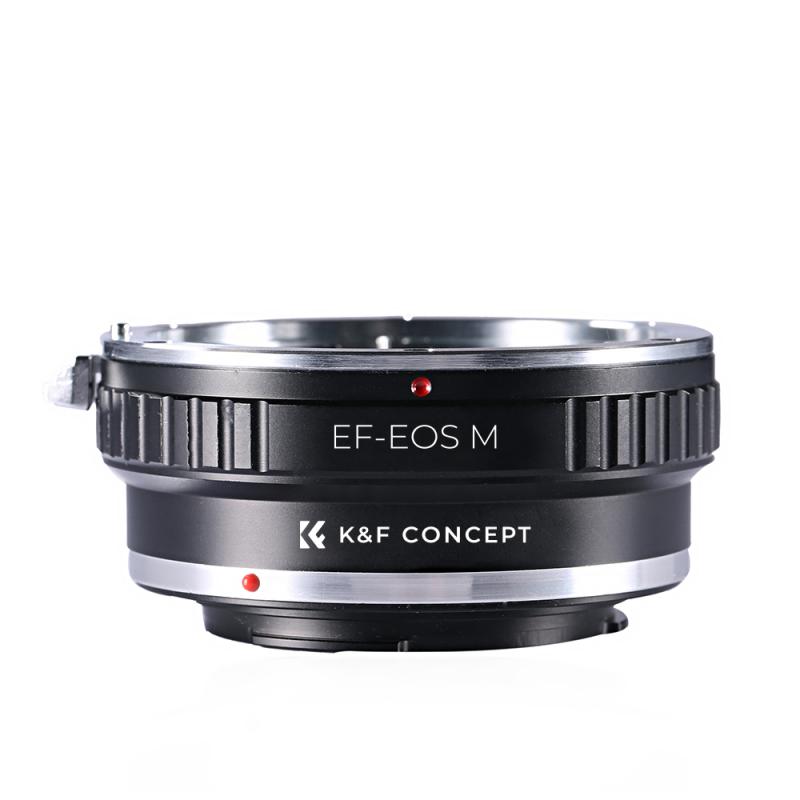
2、 EF vs EF-S lens mount comparison
An EF lens mount is a type of lens mount used by Canon for their interchangeable lens cameras. EF stands for "Electro-Focus," which refers to the electronic autofocus system used in these lenses. EF lenses are compatible with all Canon EOS cameras, including full-frame and APS-C sensor models.
On the other hand, EF-S lens mount is a variation of the EF mount that is designed specifically for Canon's APS-C sensor cameras. EF-S lenses are not compatible with full-frame cameras, but they offer a more affordable and compact option for APS-C camera users.
When it comes to EF vs EF-S lens mount comparison, the main difference is the sensor size they are designed for. EF lenses are designed for full-frame cameras, while EF-S lenses are designed for APS-C cameras. EF lenses tend to be more expensive and larger, but they offer better image quality and a wider field of view. EF-S lenses are more affordable and compact, but they have a narrower field of view and may not perform as well in low light situations.
In recent years, Canon has introduced new mirrorless cameras with a different lens mount called RF. The RF mount offers a wider diameter and shorter flange distance, which allows for faster autofocus and better image quality. However, Canon still offers a wide range of EF and EF-S lenses, and they remain popular among photographers and videographers.
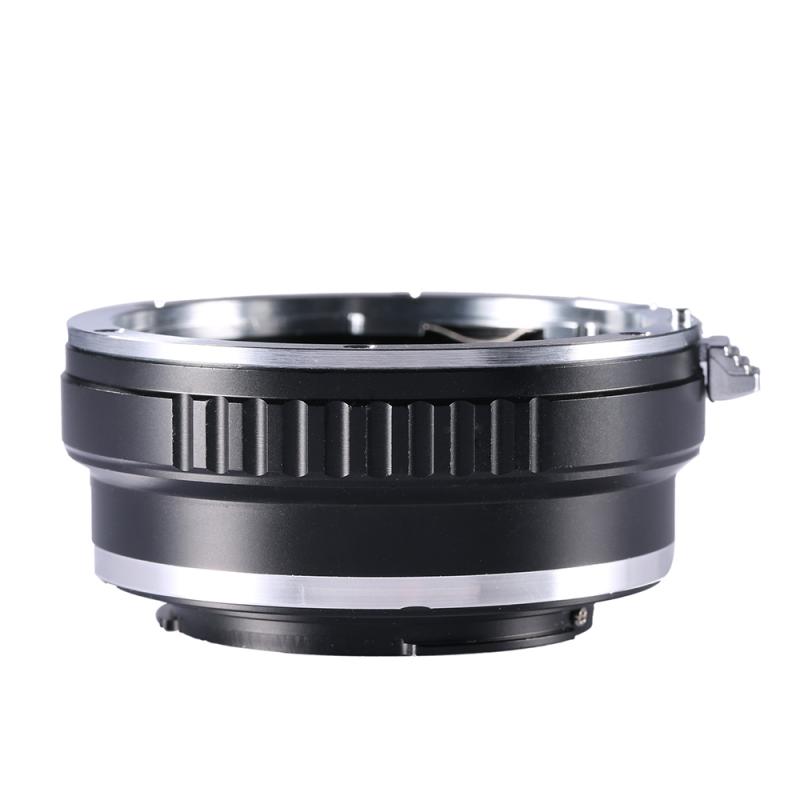
3、 EF lens mount compatibility with different camera bodies
What is an EF lens mount?
An EF lens mount is a type of lens mount used by Canon for its line of interchangeable lenses. EF stands for "Electro-Focus," which refers to the electronic autofocus system used by these lenses. The EF mount was introduced in 1987 and has since become the standard lens mount for Canon's line of DSLR cameras.
EF lens mount compatibility with different camera bodies
One of the benefits of the EF lens mount is its compatibility with a wide range of Canon camera bodies. EF lenses can be used on both full-frame and APS-C sensor cameras, and they are also compatible with Canon's mirrorless cameras when used with an adapter. This means that photographers can invest in a collection of EF lenses and use them across multiple camera bodies, making it easier to upgrade their gear without having to replace their entire lens collection.
The latest point of view
With the rise of mirrorless cameras, Canon has introduced a new lens mount called RF, which is designed specifically for its mirrorless cameras. While EF lenses can still be used on these cameras with an adapter, RF lenses offer some advantages, such as faster autofocus and improved image stabilization. However, Canon has stated that it will continue to support the EF mount, and many photographers still prefer the EF system for its versatility and compatibility with a wide range of camera bodies.
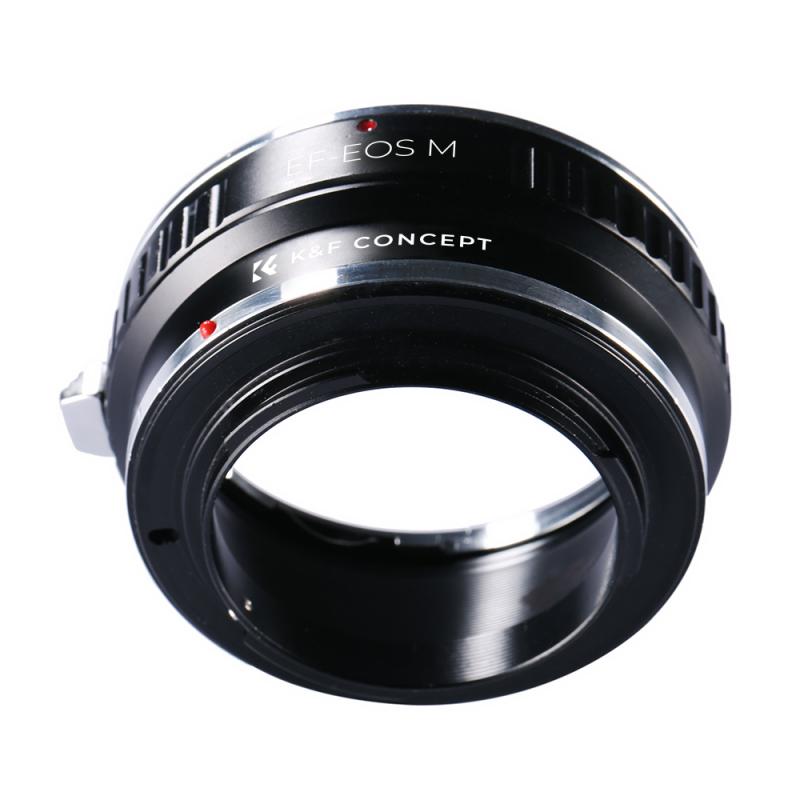
4、 Advantages of using EF lens mount
What is an EF lens mount?
EF lens mount is a type of lens mount used by Canon for its interchangeable lens cameras. It was introduced in 1987 and has since become the standard mount for Canon's EOS line of cameras. EF stands for Electro-Focus, which refers to the electronic autofocus system used by Canon lenses.
Advantages of using EF lens mount:
1. Compatibility: One of the biggest advantages of using EF lens mount is its compatibility with a wide range of Canon cameras. This means that you can use the same lenses on different Canon cameras without having to worry about compatibility issues.
2. Autofocus: EF lenses use an electronic autofocus system that is fast and accurate. This makes it easier to capture sharp and clear images, especially when shooting fast-moving subjects.
3. Image Stabilization: Many EF lenses come with image stabilization technology that helps to reduce camera shake and produce sharper images. This is particularly useful when shooting in low light conditions or when using a long telephoto lens.
4. Wide Range of Lenses: Canon offers a wide range of EF lenses, from ultra-wide-angle lenses to super-telephoto lenses. This gives photographers a lot of flexibility when it comes to choosing the right lens for their needs.
5. Latest Point of View: With the introduction of the RF mount, which is a newer and more advanced lens mount system, some may argue that the advantages of using EF lens mount are becoming less relevant. However, EF lenses are still widely used and remain a popular choice for many Canon photographers. Additionally, Canon has released an adapter that allows EF lenses to be used on RF mount cameras, further extending the compatibility and versatility of EF lenses.
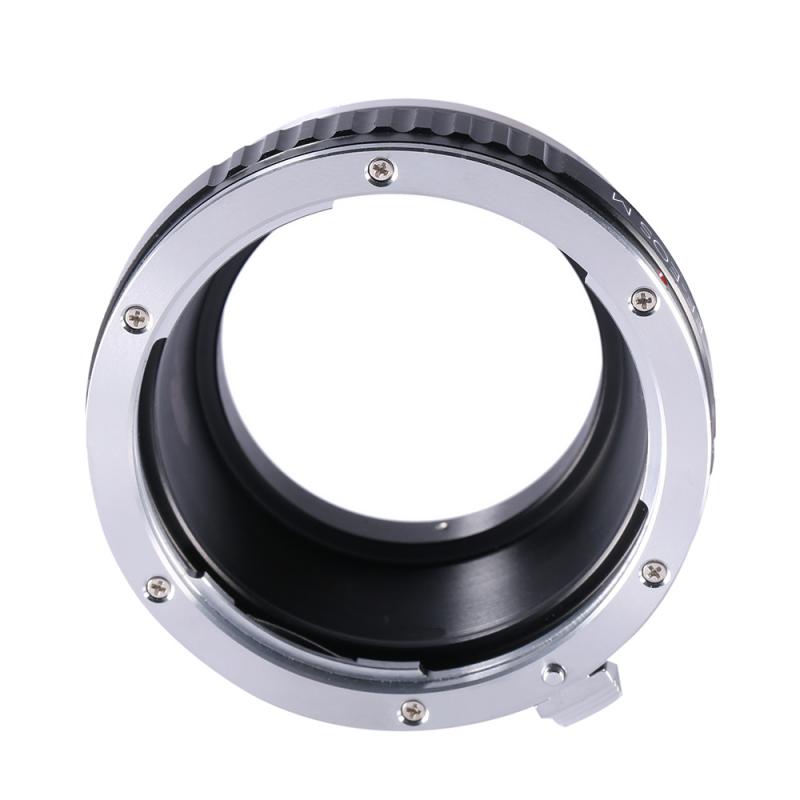


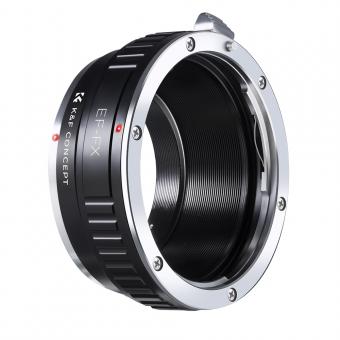

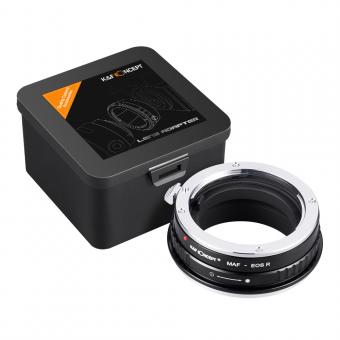


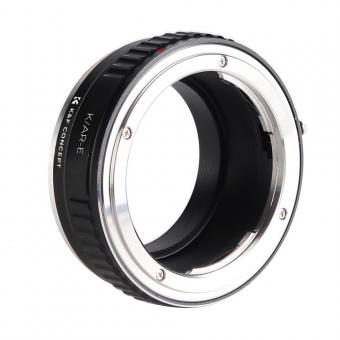
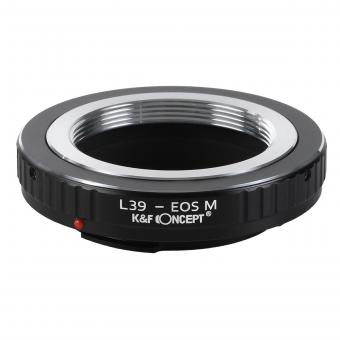
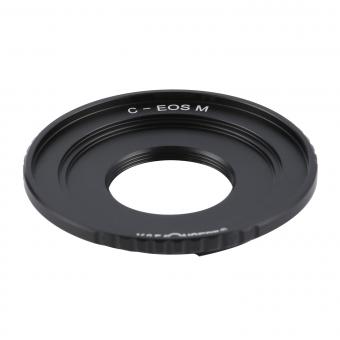
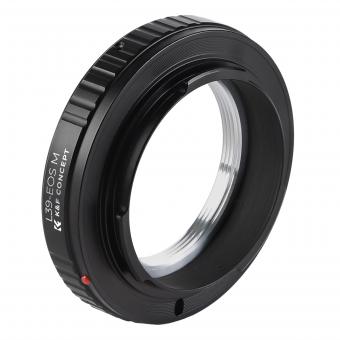
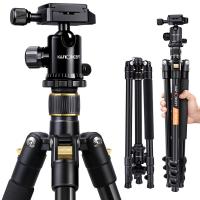



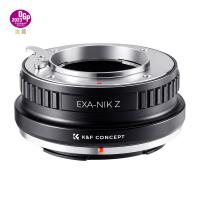
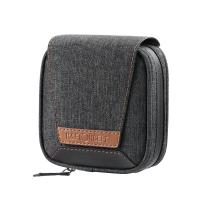
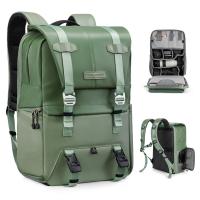

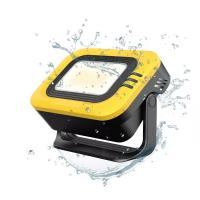
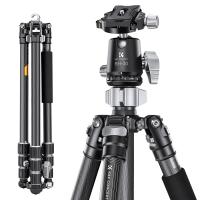
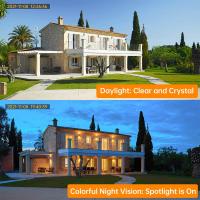

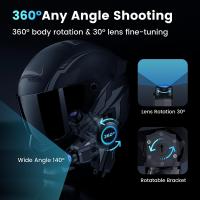


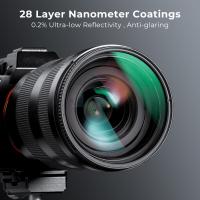

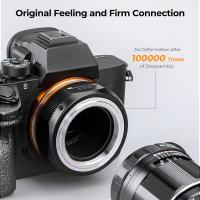
There are no comments for this blog.